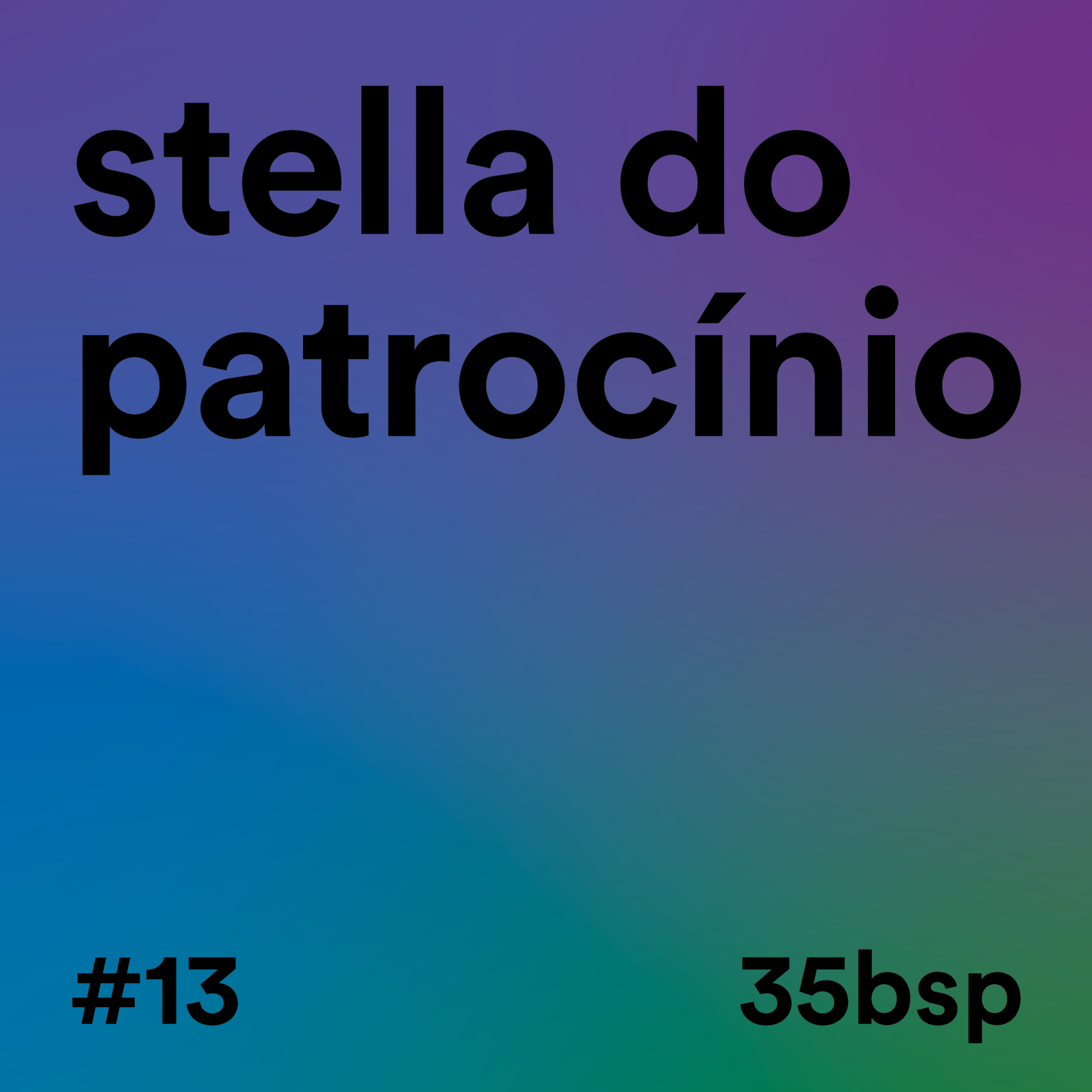
Stella do Patrocínio
Hello, I’m Dandara Queiroz, an architect, actress and model. I’m of Indigenous descent, raised in the state of Mato Grosso do Sul. I started my artistic career at the age of 16 and I currently play Josy, one of the main characters in the anthological miniseries Histórias (Im)possíveis, which includes the episode Falas da Terra, designed for Indigenous Peoples’ Day.
I’ll accompany you on the next four tracks of this audio guide.
We come to the Falatório [Speech] of Stella do Patrocínio, an artist and poet born in 1941 in Rio de Janeiro. She died in 1992 in the Colônia Juliano Moreira, a psychiatric institution where she was involuntarily committed at the age of 21.
Stella was a Black woman, “had a family, made plans, moved freely through the streets and even attended religious spaces”, as researcher Anna Carolina Zacharias puts it. The compulsory hospitalization took place on a day when she was walking down the street with Luiz, who briefly left to get some food. In the meantime, the civil police captured her. With a diagnosis of “hebephrenic schizophrenia, evolving under psychotic reactions”, Stella was taken to various institutions, where she received the first electroshocks, until she arrived at the Colônia Juliano Moreira.
This Bienal features a sound installation by Stella do Patrocínio called Falatório. There are four audio recordings, lasting around 90 minutes in total. The sound recordings were made between 1986 and 1988 by the artist Carla Guagliardi, then a trainee at the Colônia Juliano Moreira art workshops. They were later consolidated by the Juliano Moreira Colony in agreement with the Brazilian National Anti-Asylum Movement.
The room where the work is located is round and its walls are painted black. The purpose of this space is to focus on listening to the audios.
We can see that Stella do Patrocínio’s reflections, full of poetic density, denounce the intersections between multiple institutionalized forms of violence. In particular, the supposed psychic illness appears linked to the racial and gender condition that Stella experienced, reactivating the violence of slavery, racism and colonialism. Stella says that in the institution, “a women’s prison serving a life sentence”, she starves and suffers. Encouraged to speak by the interviewer, she says: “I’ve already said what I can, I no longer have a voice. I’ve even said that I don’t walk by my head, by my wits. My head is bad, I can’t think.” Paradoxically, it is precisely this intelligence, expressed through orality and the Black sound experience, that becomes Stella do Patrocínio’s escape and survival strategy.

 Português
Português